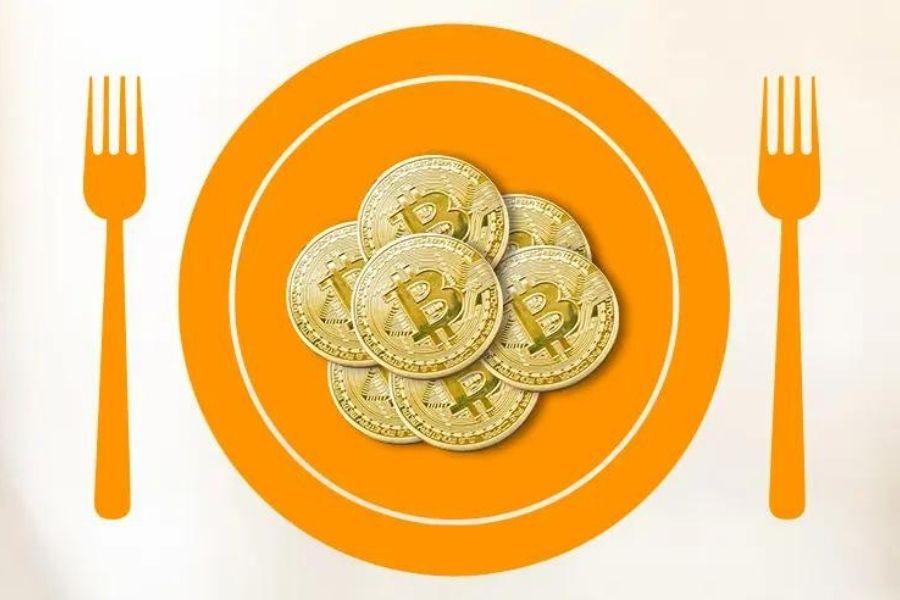Jul 7, 2022
by Javeria
Guide to Forks: Everything You Need to Know About Forks, Hard Forks and Soft Forks
.
Disclaimer: The views and opinions expressed in this article are for informational purposes only and do not constitute financial, investment, or other advice. Investing in or trading crypto assets comes with a risk of financial loss.
Javeria is into the crypto world ever since she heard about it and is pursuing her interest through cryptoknowmics. She is a sensational poet, technical writer and content strategist. Not to mention that she can go crazy when it comes to vampires and Wonder woman.
